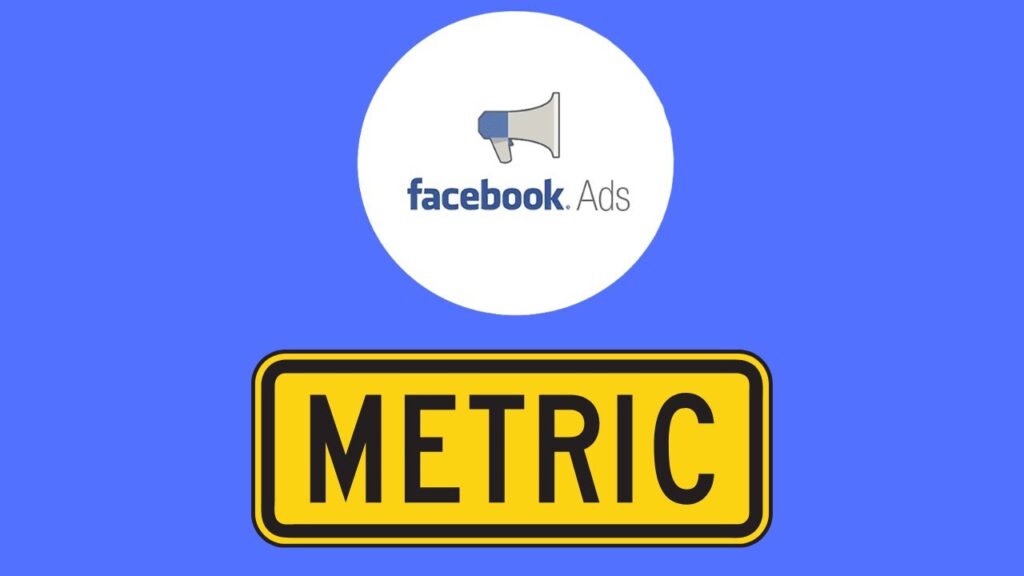Understanding Facebook Ad Metrics
When running Facebook ads, it’s crucial to know which metrics to track to achieve success. Spending money on ads without understanding their performance can lead to wasted resources and missed opportunities for conversion. This guide outlines the essential Facebook ad metrics that can help you optimize your campaigns and maximize your return on investment (ROI).
Click-Through Rate (CTR)
One of the first metrics to monitor is the Click-Through Rate (CTR), which indicates the percentage of people who see your ad and actually click on it. A low CTR suggests that your ad may not be compelling enough, your audience targeting is unclear, or that the audience isn’t interested. For Facebook ads, a good CTR typically falls between 1% to 3%, although this can vary by industry.
To calculate your CTR, divide the number of link clicks by the number of impressions. Improving your CTR often requires better ad creative, strong copywriting, and precise audience targeting.
Conversion Rate
Next on the list is the conversion rate, which measures whether the clicks on your ad turn into tangible results, such as purchases, signups, or lead submissions. A low conversion rate may indicate issues with your landing page, an unappealing offering, or inaccurate audience targeting.
A/B testing different landing pages and ad creatives can help enhance your conversion rates, so ensure your ads are as compelling as possible.
Cost Per Click (CPC)
The Cost Per Click (CPC) metric reveals how much you’re paying for each click on your ad. A high CPC might suggest strong competition for the same audience or low ad relevance. To lower your CPC, focus on improving your ad quality and refining your audience targeting.
Cost Per Acquisition (CPA)
Cost Per Acquisition (CPA) is another vital metric that indicates how much it costs to obtain a lead, signup, or customer. If your CPA is excessively high, it could signify that your ad targeting needs refinement or that your sales funnel isn’t converting efficiently.
Reducing your CPA involves enhancing your ad copy, optimizing the landing page experience, and experimenting with different bidding strategies. For further insights on CPA, consult the official Facebook ads documentation.
Return on Ad Spend (ROAS)
Return on Ad Spend (ROAS) measures how much revenue your ad generates relative to the money spent. A ROAS of 1.00 means you’re breaking even, while anything below that indicates a loss. Conversely, a ROAS above 2.00 is generally deemed profitable, though this varies by industry and business model. If your ROAS is low, consider testing different audience segments, creatives, and ad placements to improve results.
Ad Frequency
Ad frequency is another important metric, measuring how many times, on average, a person has seen your ad. An excessively high frequency (above 3 or 4) can lead to ad fatigue, causing users to ignore your ads. To keep engagement high, refresh your creatives regularly and rotate different ad variations.
Ad Relevance Score
Facebook assigns a relevance score to ads based on engagement, CTR, and user feedback. Ads with scores ranging from 8 to 10 tend to perform better and cost less to run. A low relevance score suggests that your ad isn’t resonating with your target audience, and adjustments may be necessary.
Video Ad Metrics
If you’re utilizing video ads, it’s important to track video view metrics. Key metrics include 3-second views, average watch times, and percentage of the video watched. If viewers drop off early, consider creating shorter content, adding captions, or making the initial seconds of your video more engaging.
E-commerce Metrics: Add to Cart and Checkout Initiation Rates
For e-commerce businesses, monitoring add-to-cart and checkout initiation rates can provide crucial insights. If many users add items to their cart but do not complete the purchase, it may indicate unexpected costs, slow checkout processes, or trust issues. Addressing these barriers can boost conversion rates and drive more sales.
Bounce Rate
Finally, the bounce rate measures how quickly visitors leave your site after clicking on your ad. A high bounce rate typically means that your landing page doesn’t align with the promises made in your ads, has a poor design, or loads slowly. To retain visitors and encourage conversion, ensure your landing page is fast, mobile-optimized, and visually appealing.
Conclusion
Tracking these key Facebook ad metrics will enable you to make more data-driven decisions and optimize your campaigns effectively. By focusing on conversion-based metrics rather than vanity metrics, you can drive business growth and achieve sustainable success with your Facebook ads. Continuously test and refine your strategies based on these insights to scale your campaigns effectively.
Which metric do you focus on the most? Share your thoughts in the comments! Remember to check the description box for all mentioned tools and resources. If you found this information helpful, please leave a like and subscribe. Thank you for reading!

 | Step-by-Step Guide for Small Business Owners
| Step-by-Step Guide for Small Business Owners | Step-by-Step AR & 3D Product Setup Tutorial
| Step-by-Step AR & 3D Product Setup Tutorial

 | How To Use Binance’s Web3 Wallet for DeFi & Tokens
| How To Use Binance’s Web3 Wallet for DeFi & Tokens | Simple Step-by-Step Guide
| Simple Step-by-Step Guide